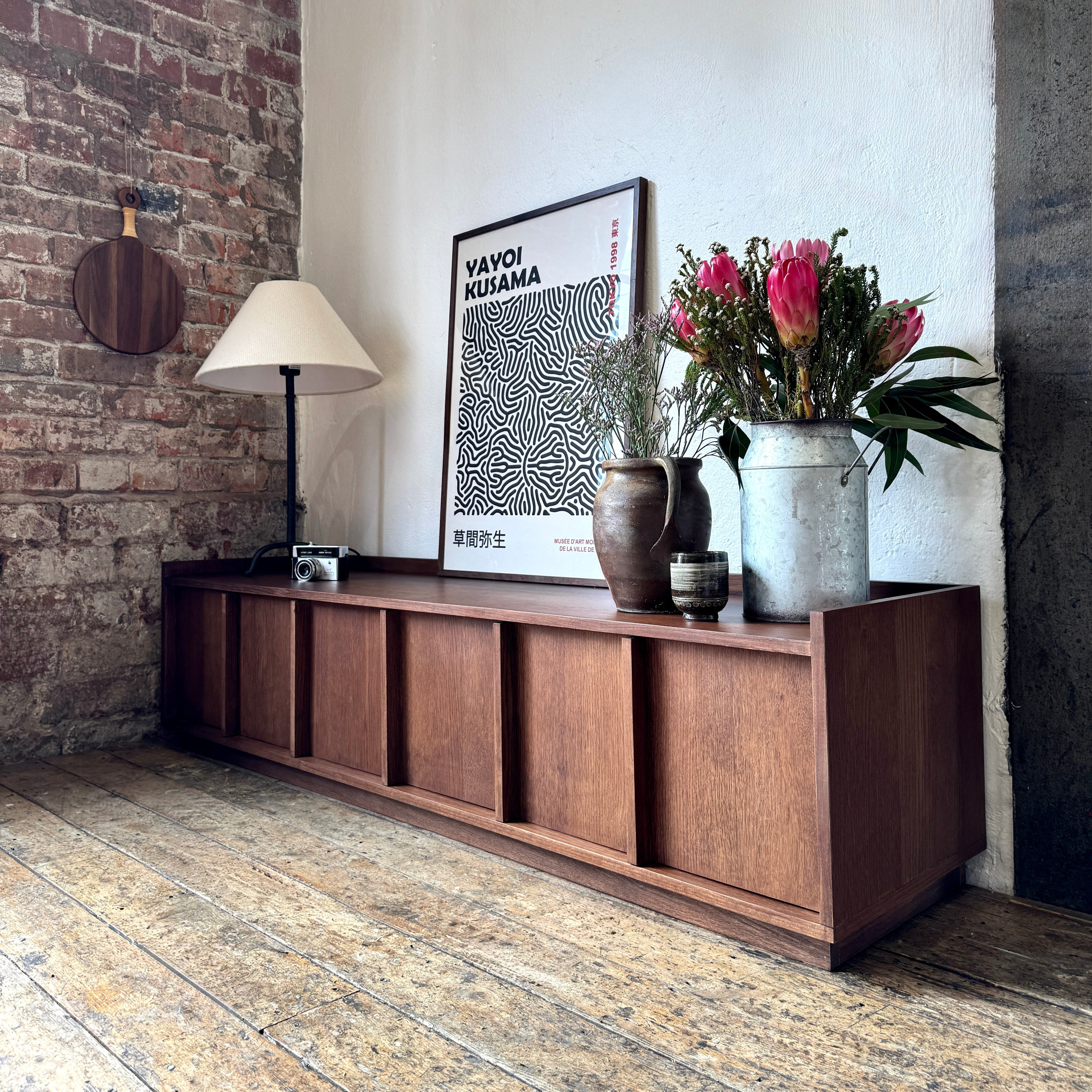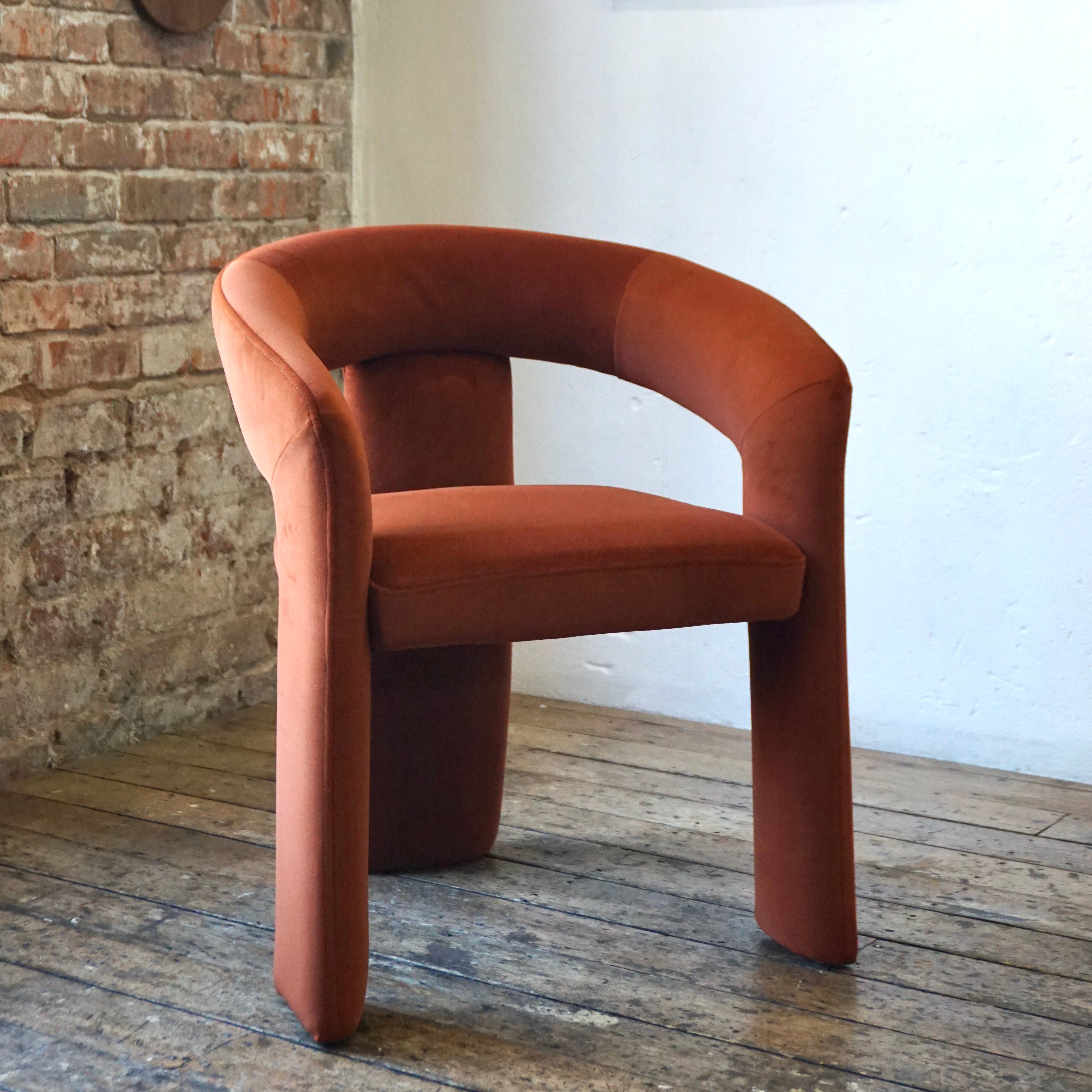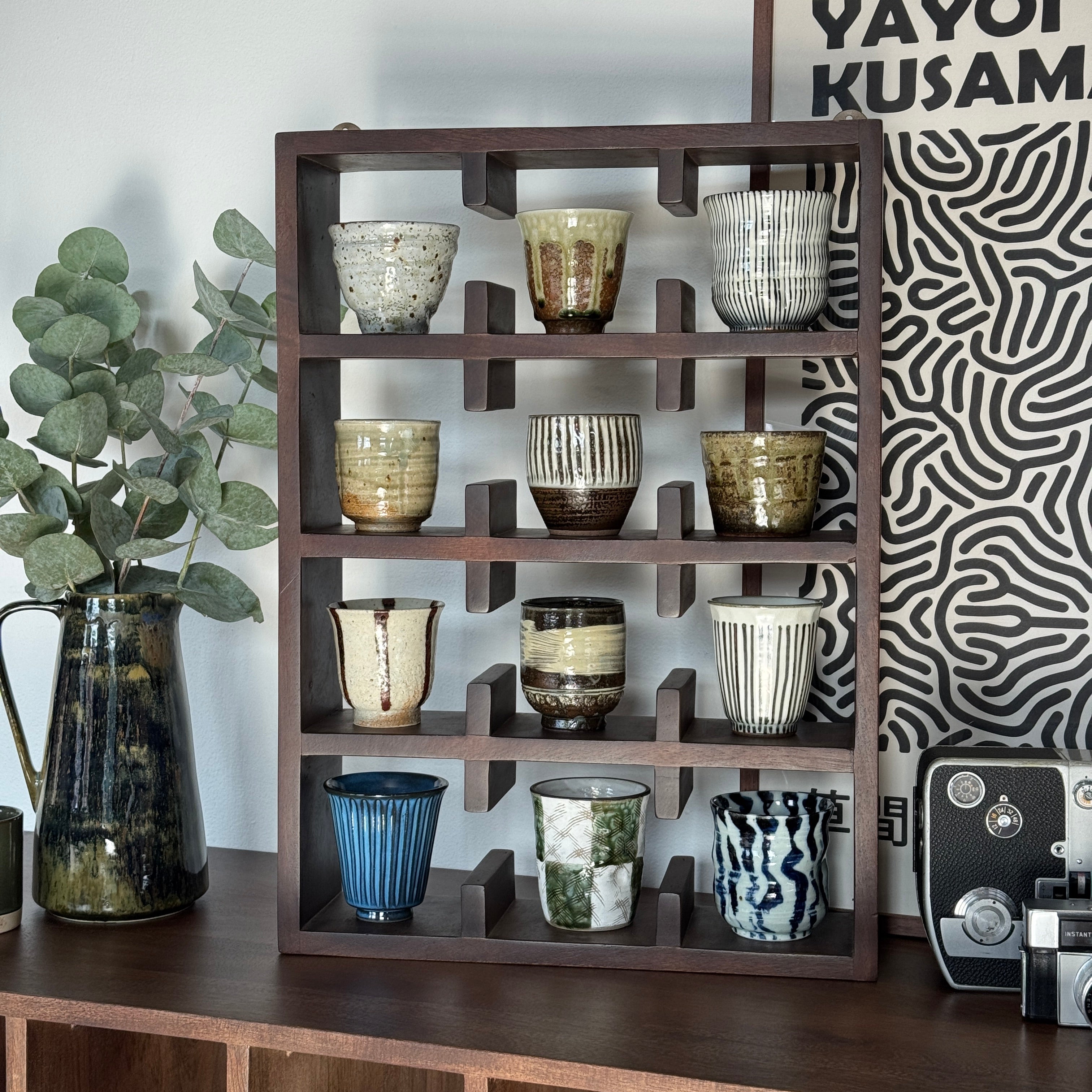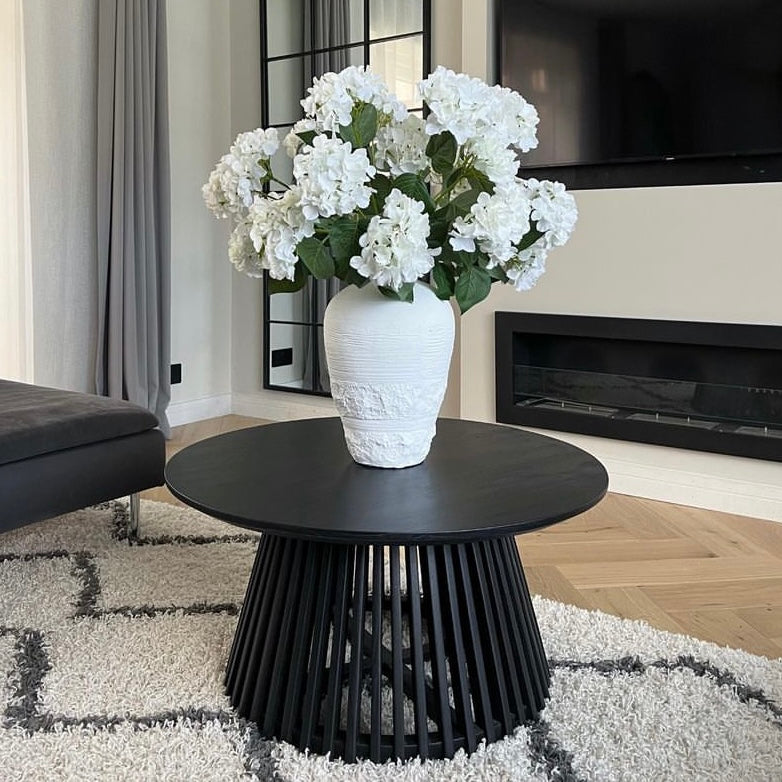Title: The Ultimate Guide to Caring for Your Wooden Dining Table
Introduction: A wooden dining table is not just a functional piece of furniture; it's also a centrepiece of your home. To ensure its longevity and maintain its beauty, proper care is essential, especially if your table has been fully treated. In this comprehensive guide, we will walk you through the steps to keep your wooden dining table in pristine condition for years to come.
-
Regular Cleaning: Start by regularly cleaning your fully treated wooden dining table to prevent the buildup of dust, dirt, and food particles. Use a soft, lint-free cloth or a microfibre duster to gently wipe the surface. Avoid abrasive cleaners or rough materials that may scratch the protective finish. To wipe down the table, use a mildly damp soft microfibre cloth to wipe clean and then go back over the table with a dry cloth. Ensure the table is completely dry after use.
-
Avoid Excessive Moisture: Wood and water do not mix well, so it's crucial to protect your table from excessive moisture. Immediately wipe up any spills with a dry cloth, and use coasters or placemats to prevent water rings from forming. Avoid placing hot or wet items directly on the table's surface, as they can cause damage to the protective coating.
-
Protective Measures: Consider using tablecloths, table runners, or place mats to add an extra layer of protection to your dining table. These items can shield the surface from scratches, heat, and spills, while also adding a decorative touch to your dining area. Be sure to choose materials that are suitable for your table's finish.
-
Sunlight Protection: Direct sunlight can cause fading and discolouration over time, so it's important to shield your dining table from prolonged exposure to UV rays. Consider placing your table away from windows or use curtains, blinds, or UV-protective films to filter the sunlight. Additionally, rotating the table periodically can help ensure even exposure to light.
-
Temperature and Humidity: Wood is sensitive to changes in temperature and humidity, which can cause it to expand or contract. Maintain a stable environment by avoiding placing your dining table near heating vents, radiators, or fireplaces. Use a humidifier or dehumidifier to regulate the humidity levels in your home, aiming for a relative humidity between 40% and 45%.
-
Regular Inspections: Periodically inspect your fully treated wooden dining table for any signs of wear, scratches, or damage. If you notice any issues, address them promptly to prevent further deterioration. Minor scratches can often be remedied with a touch-up marker or a wax stick specifically designed for wood furniture.
Conclusion: A fully treated wooden dining table can be a cherished piece that lasts for generations when properly cared for. By following these essential tips for regular cleaning, protection, polishing, and maintenance, you can enjoy the beauty and functionality of your dining table for years to come. Remember, a little care goes a long way in preserving the elegance and charm of your beloved wooden table.



















